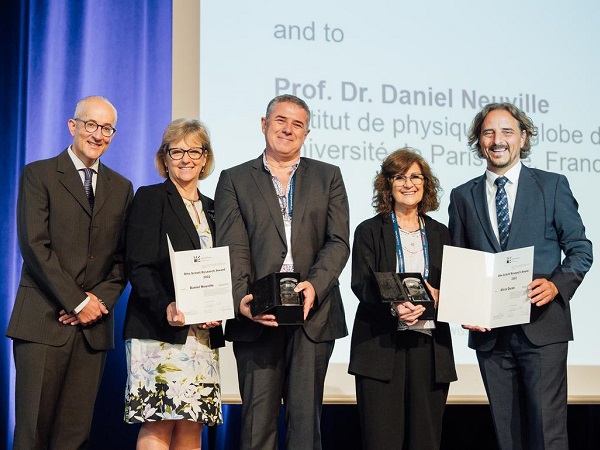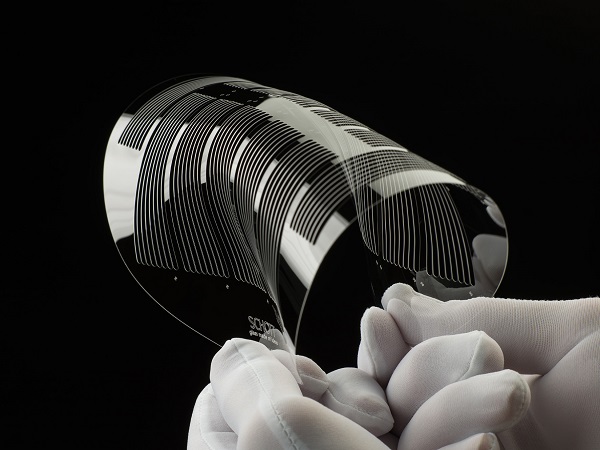Date: 16 July 2007
Europe’s largest telescope was built on top of the 2,426 meter high mountain, Roque de los Muchachos. The heart piece, the primary mirror, has a diameter of 10.4 meters and consists of “Zerodur” glass ceramic from SCHOTT.
“The challenging demands with respect to the quality and dimensional accuracy of the material required the most advanced process technology,” explains Dr. Volker Wittmer, the project head at SCHOTT. The researchers particularly appreciate the fact that the coefficient of thermal expansion of the “Zerodur” glass ceramic developed by SCHOTT is practically zero. This means no changes are observed in the dimensions, even when temperatures shift considerably. Because the astronomers also demanded high-precision manufacturing, SCHOTT used a mobile 3D laser measurement system for this project for the first time ever.
The primary mirror consists of 36 hexagonal sections that are tilted slightly towards the inside. Each one of these has a diagonal width of 1.9 meters, is 8.5 centimeters thick and weighs nearly 500 kilograms. Together, they cover a surface of over 75 square meters. A clever adjustment, drive and sensor system ensures that the individual segments can be interconnected to function as a perfect telescope reflector. SCHOTT also provided the Spanish researchers with an additional six segments for reserve use during routine maintenance procedures.
In the future, astronomers will be relying on the observatory that cost approx. 100 million euros to explore outer space, both inside the visible and near infrared spectral regions. Researchers hope to be able to discover distant planets and galaxies and investigate into how our universe was formed.







Add new comment